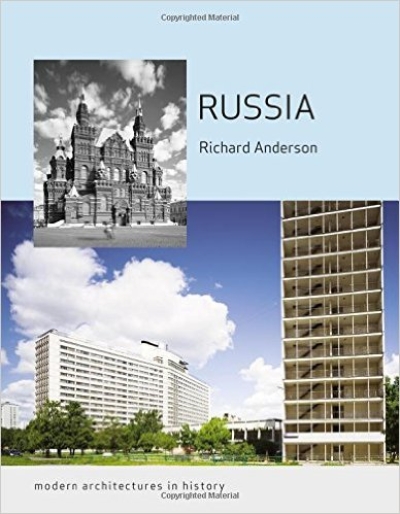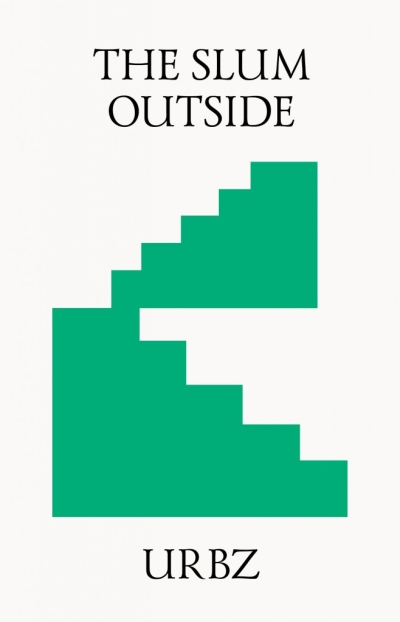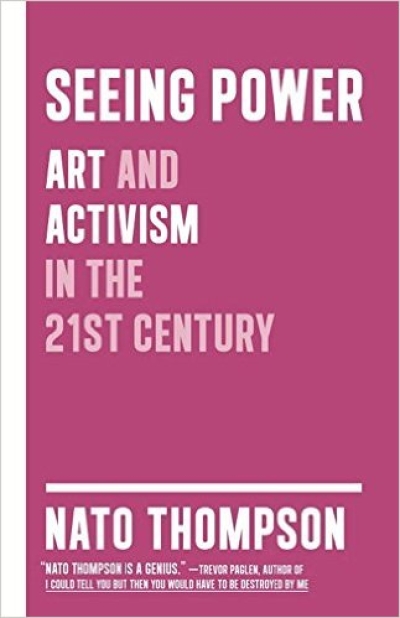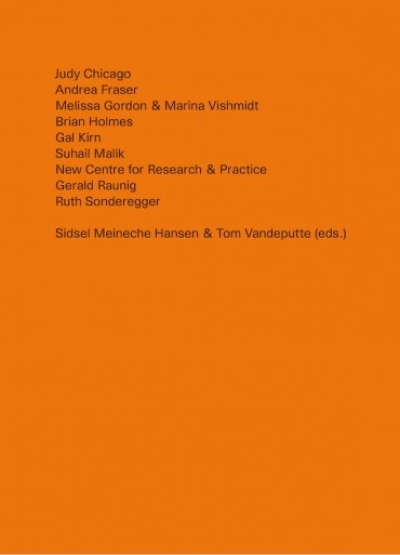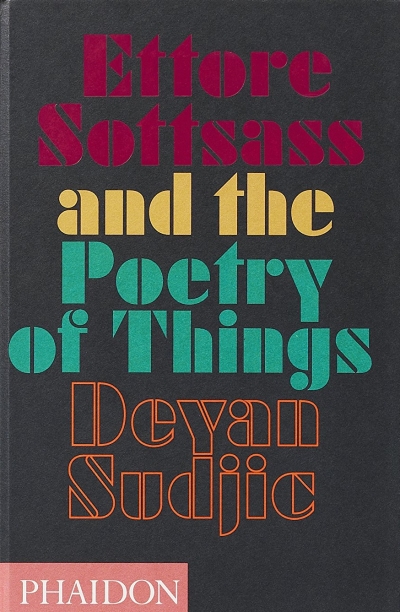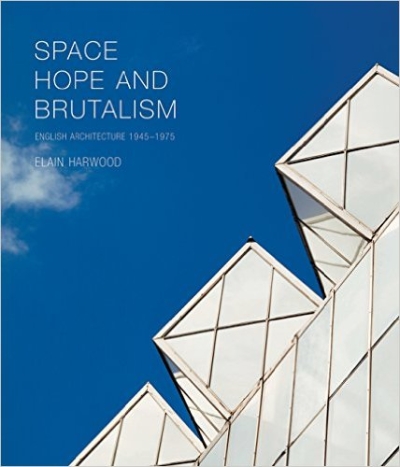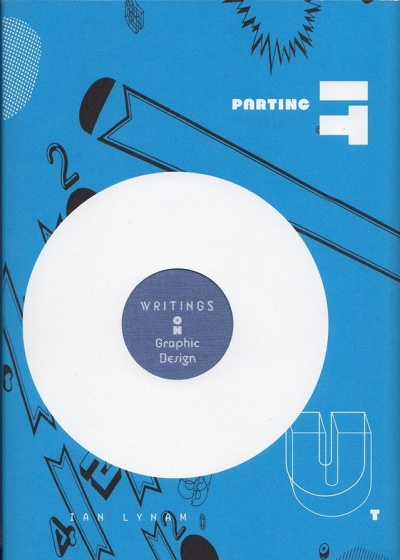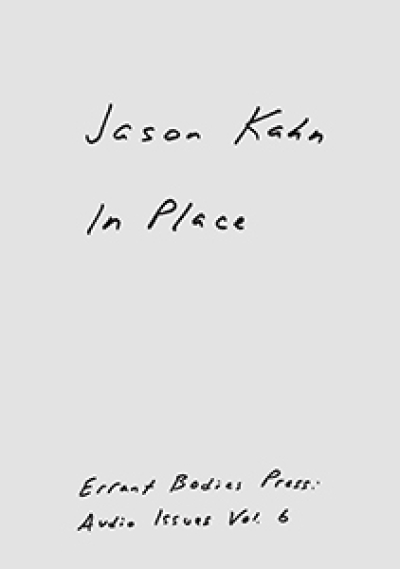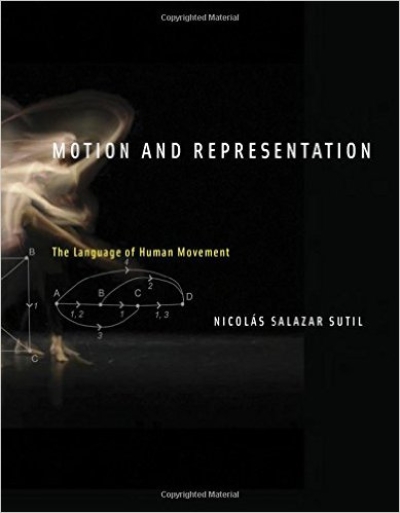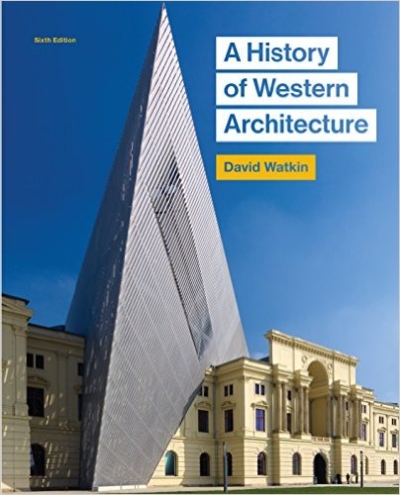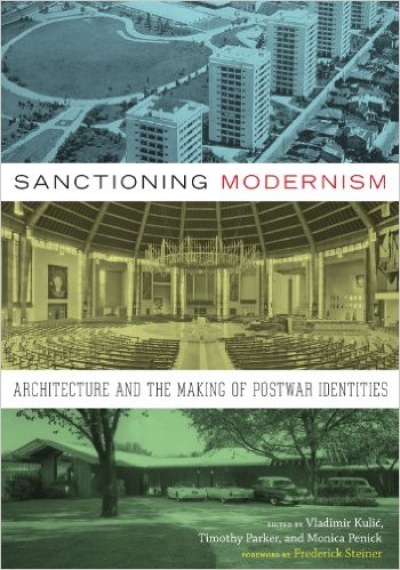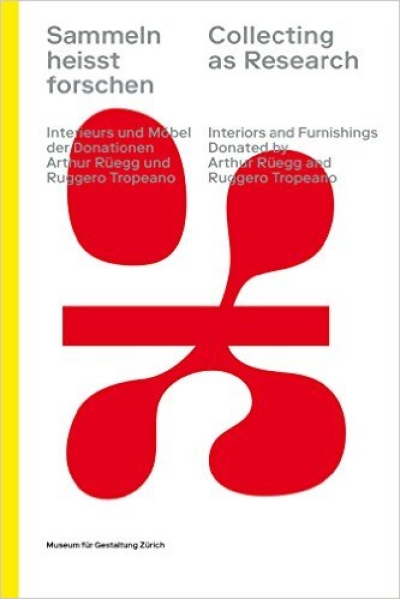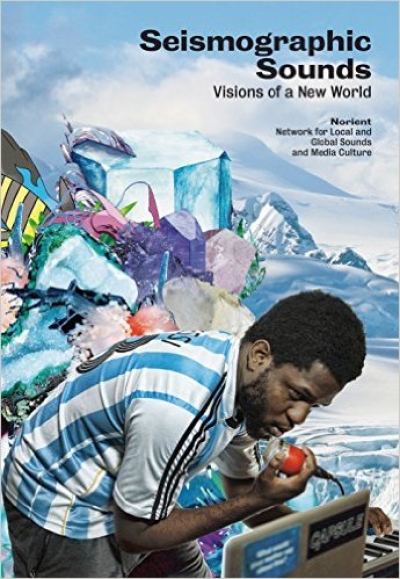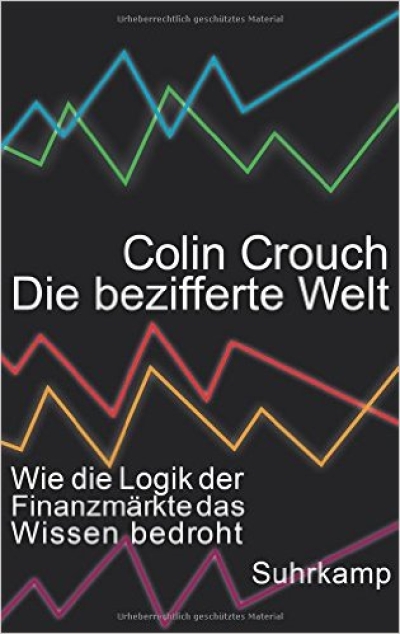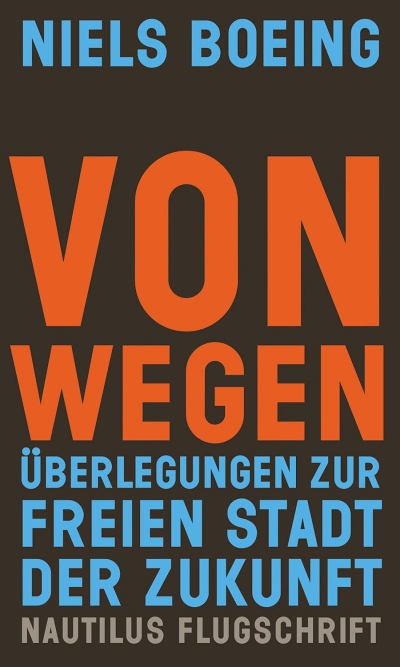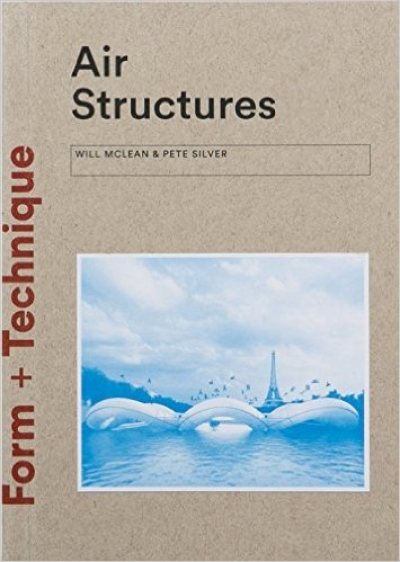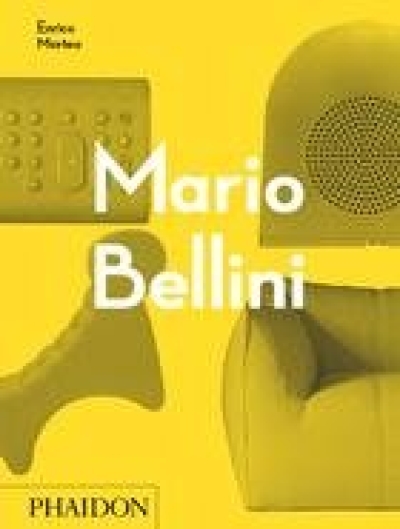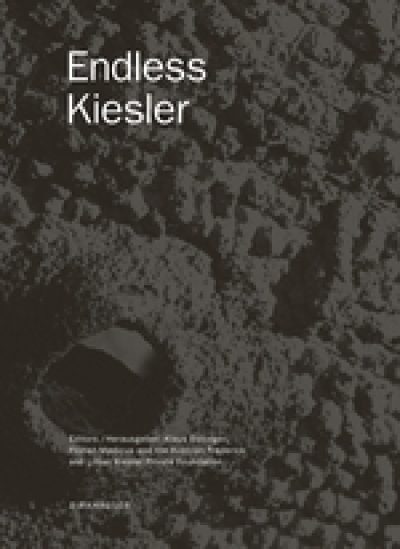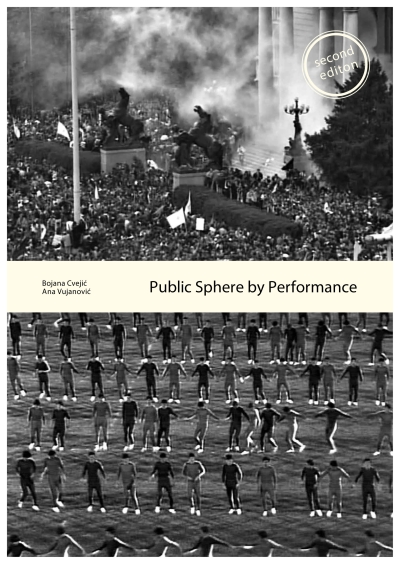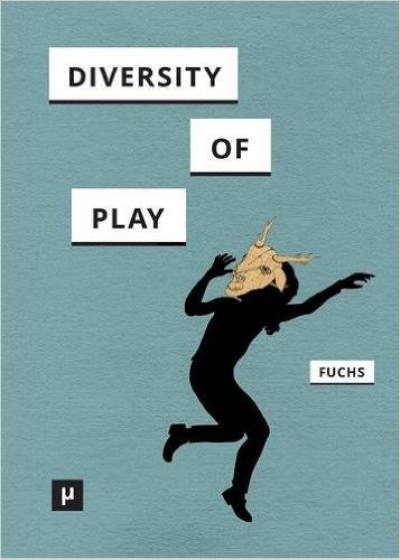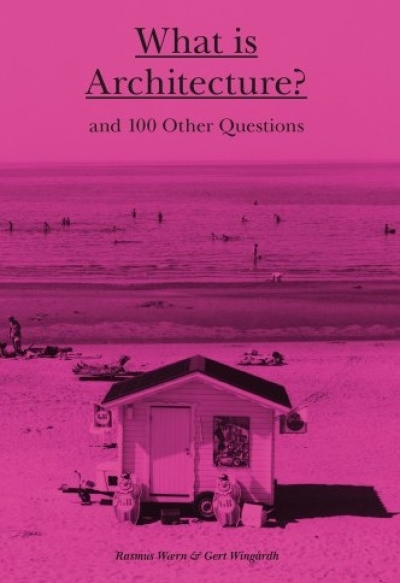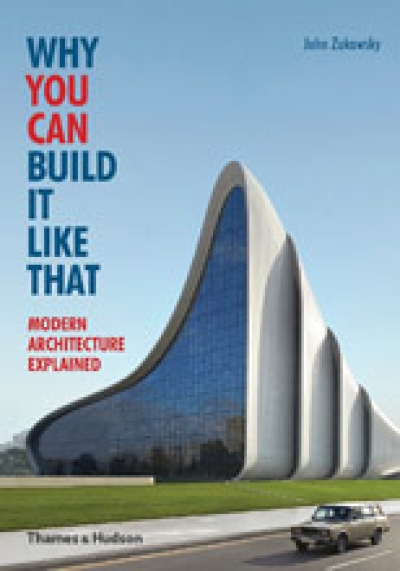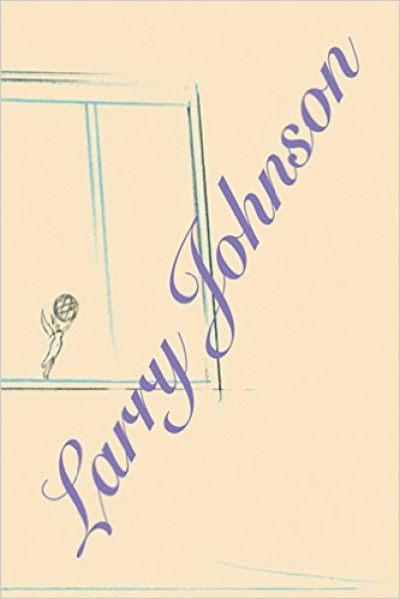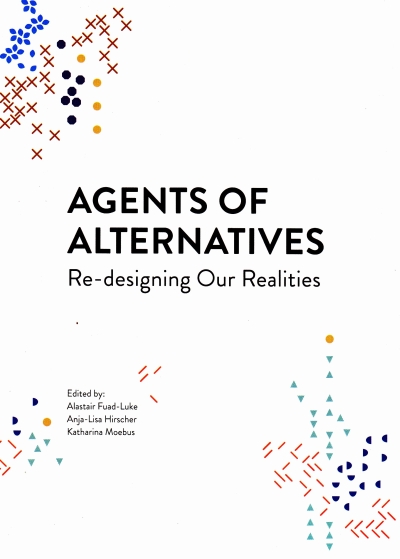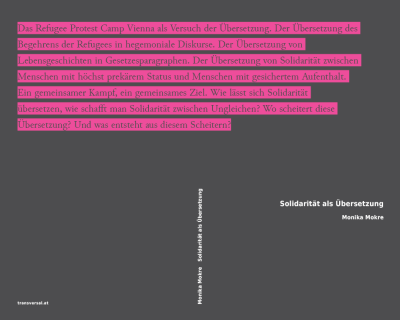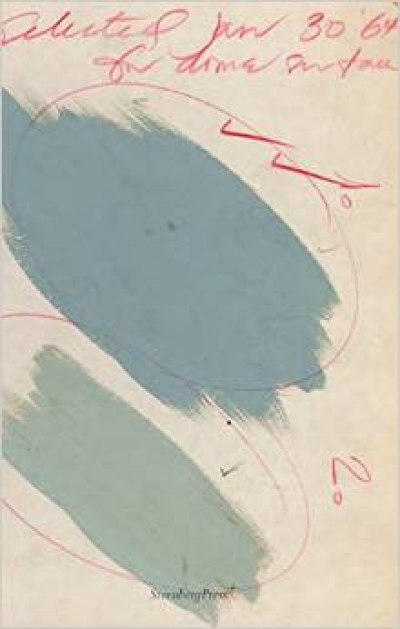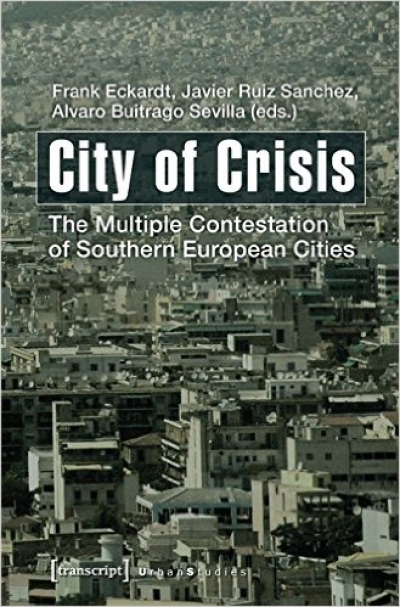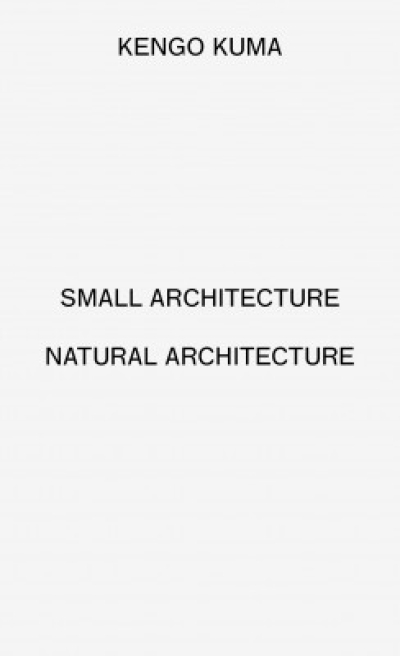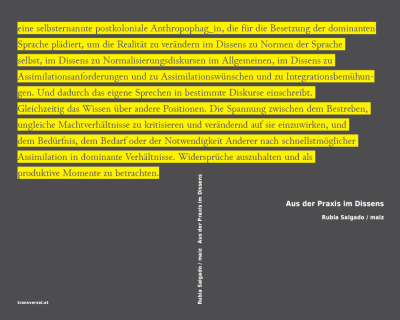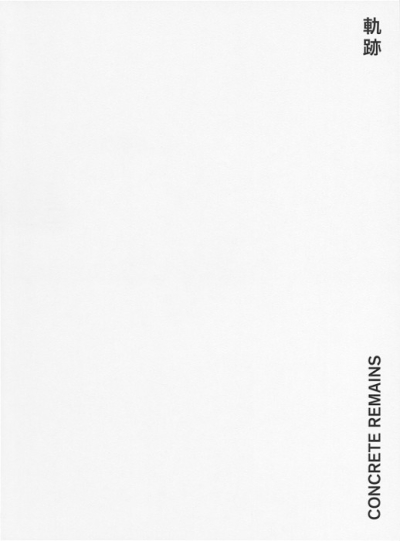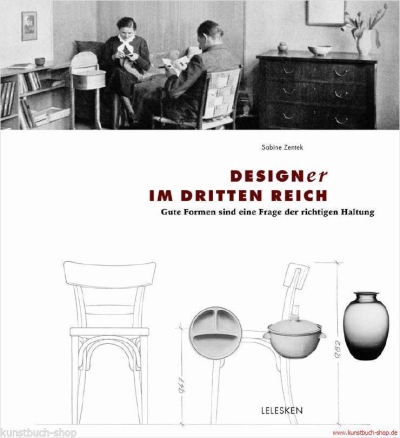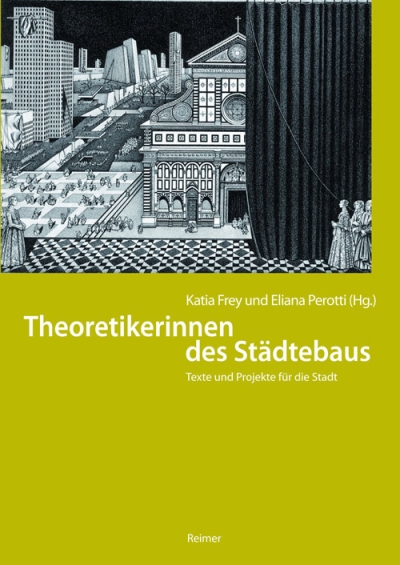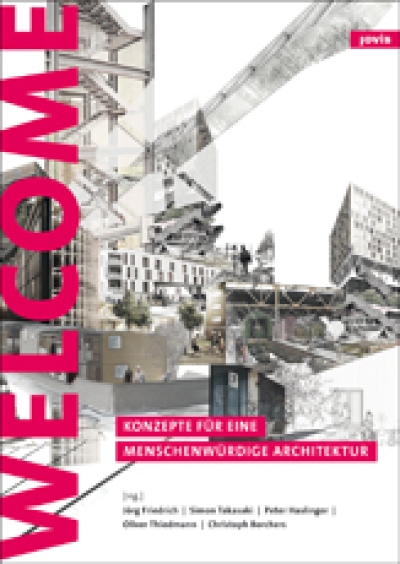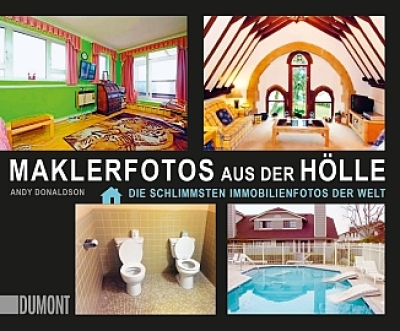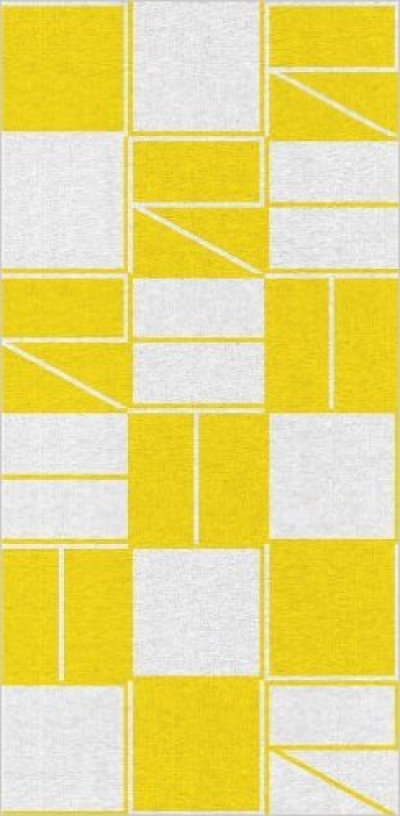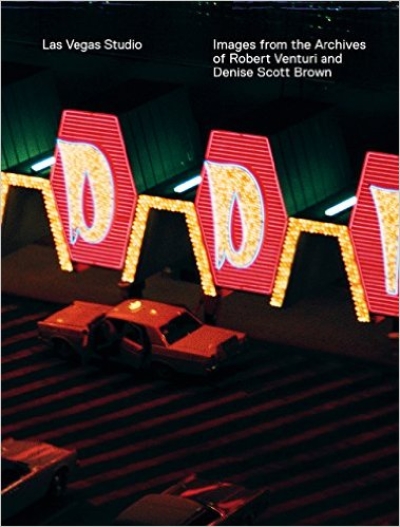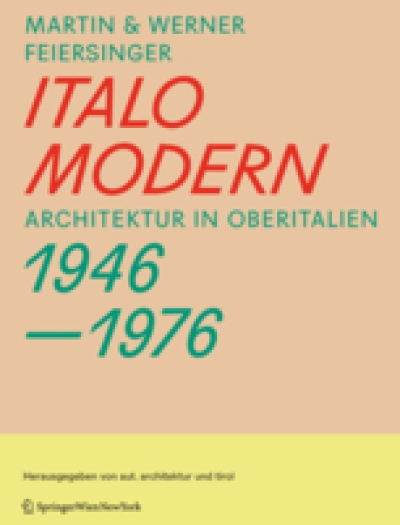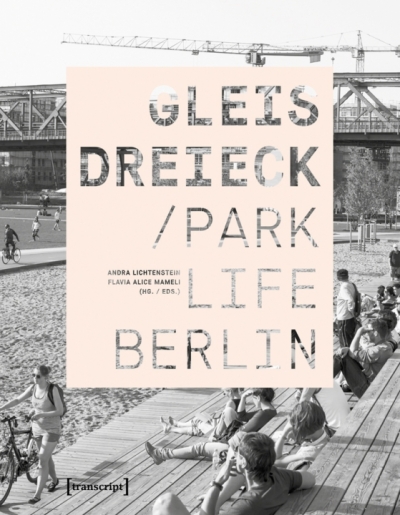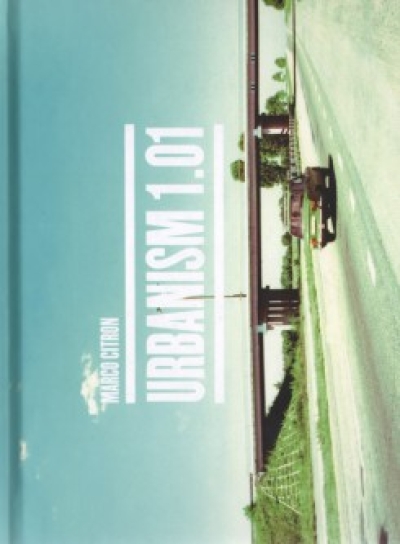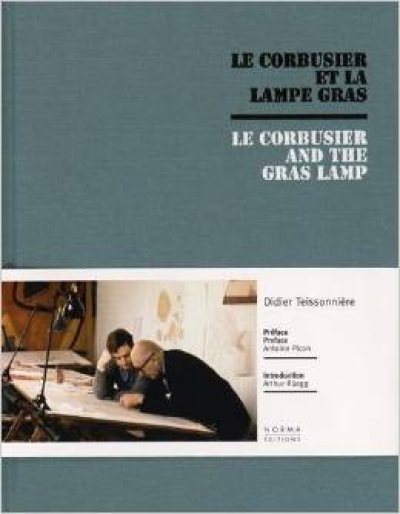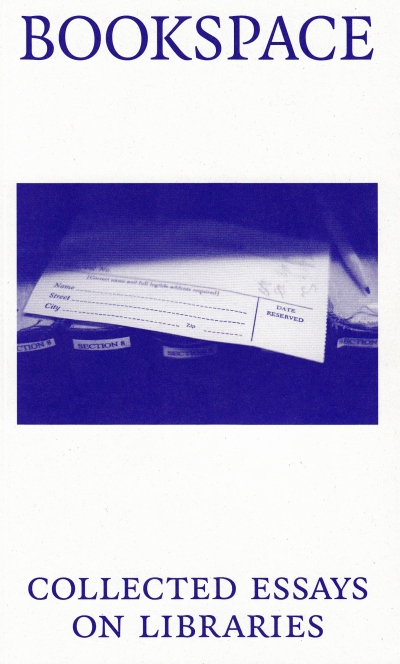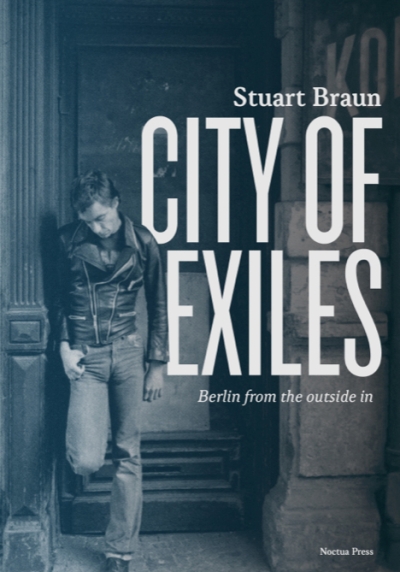Richard Anderson
Russia. Modern Architectures in History
Keren Cytter
The Amazing True Story of Moshe Klinberg..
Matias Echanove, Rahul Srivastava / URBZ
The Slum Outside: Elusive Dharavi
Nato Thompson
Seeing Power. Art and Activism in the Twenty-first Century
Sidsel Meineche Hansen & Tom…
Politics of Study
Deyan Sudjic
Ettore Sottsass and the Poetry of Things
Elain Harwood
Space, Hope and Brutalism
Ian Lynam
Parting It Out. Writings on Graphic Design
Jason Kahn
In Place
Nicolás Salazar Sutil
Motion and Representation. The Language of Human Movement
David Watkin
A History of Western Architecture (sixth Ed.)
V. Kulic, T. Parker, M. Penick (Eds.)
Sanctioning Modernism. Architecture and the Making of…
L. Shapton, S. Heti, H. Julavits
Frauen und Kleider. Was wir tragen, was wir sind
Arthur Rüegg, Ruggero Tropeano
Sammeln heisst Forschen / Collecting as Research.…
Mira Mattar (Ed.)
You Must Make Your Death Public. A collection of texts and…
Theresa Beyer, Thomas Burkhalter,…
Seismographic Sounds. Visions of a New World
Colin Crouch
Die bezifferte Welt. Wie die Logik der Finanzmärkte das…
Niels Boeing
Von Wegen. Überlegungen zur freien Stadt der Zukunft
William McLean, Pete Silver
Air Structures
Enrico Morteo
Mario Bellini. Furniture, Machines & Objects
Klaus Bollinger, Florian Medicus (Eds.)
Endless Kiesler
Bojana Cvejic & Ana Vujanovic (Ed.)
Public Sphere by Performance (2nd Edition)
Mathias Fuchs (Hg)
Diversity of Play
Rasmus Waern & Gert Wingårdh
What is Architecture? And 100 Other Questions
John Zukowsky
Why You Can Build it Like That. Modern Architecture…
Larry Johnson
Commie Pinko Guy
A. Fuad-Luke, A. Hirscher, K. Moebus
Agents of Alternatives. Re-Designing our Realities
Monika Mokre
Solidarität als Übersetzung. Überlegungen zum Refugee…
Sarah Entwistle
Please send this book to my mother
Franz Eckardt, Javier R. Sanchez (Eds.)
City of Crisis. The multiple Contestation of Southern…
Kengo Kuma
Small Architecture / Natural Architecture
Craig Buckley (Ed.)
After the Manifesto. Writing, Architecture, and Media in a…
Rubia Salgado / maiz / Andrea Hummer (…
Aus der Praxis im Dissens
Johannes Ernst
Concrete Remains
Birgit Mennel, Monika Mokre (Hg)
Das große Gefängnis
Sabine Zentek
Designer im Dritten Reich. Gute Formen sind eine Frage der…
Félix Guattari
Psychoanalysis and Transversality. Texts and Interviews…
Katia Frey, Eliana Perotti (Hg)
Theoretikerinnen des Städtebaus. Texte und Projekte für die…
Jörg Friedrich / Simon Takasaki / Peter…
Refugees Welcome. Konzepte für eine menschenwürdige…
Andy Donaldson
Maklerfotos aus der Hölle. Die schlimmsten Immobilienfotos…
Dirk Bell
Retour
Krentel, Barthel, Brand (Hg.)
Library Life. Werkstätten kulturwissenschaftlichen Forschens
Étienne Souriau
Die verschiedenen Modi der Existenz
Fuchs, Fizek, Ruffino, Schrape (Eds.)
Rethinking Gamification
Prue Chiles (Hg.)
Schulen bauen. Leitlinien für Planung und Entwurf
Han Byung-Chul
Die Errettung des Schönen
Margarete Fuchs
Für den Schwung sind sie zuständig. (Ulrich Müther) DVD
Antonio Negri, Rául Sánchez Cedillo
Für einen konstituierenden Prozess in Europa. Demokratische…
Karen Kice
Chatter. Architecture Talks Back
Eyal Weizman
The Roundabout Revolutions. Critical Spatial Practice 6
Hilar Stadler, Martino Stierli (Ed.)
Las Vegas Studio. Images from the Archive of Robert Venturi…
Fritz Barth
Konstantin Melnikov und sein Haus (Konstantin Melnikov and…
Duncan Forbes, Daniela Janser (Eds.)
Beastly / Tierisch
Markus Berger, Liliane Wong (Eds.)
Int AR Interventions and Adaptive Reuse: The Experience…
Alexander Reichel, Kerstin Schultz (Hg.)
Umhüllen und Konstruieren. Wände, Fassade, Dach
Kai-Uwe Hemken (Hg.)
Kritische Szenographie. Die Kunstausstellung im 21.…
Oda Pälmke
Haus Ideal-The Making of: Von der Idee zur Idee.…
Christoph Thun-Hohenstein (Hg.)
Vienna Biennale 2015. Ideas for Change
Emanuel Christ, Christoph Gantenbein
Typology: Paris, Delhi, São Paulo, Athens. Review No. III
Idea Document
R. On The Shoulders of Giants
David Hlynsky
Window Shopping Through the Iron Curtain
Felix Guattari, Antonio Negri
Neue Räume der Freiheit
Stiftung Bauhaus Dessau (Hg.)
das prinzip coop: Hannes Meyer und die Idee einer…
Eugen Blume, Matilda Felix, Gabriele…
Black Mountain. Ein interdisziplinäres Experiment 1933 -1957
Hannes Meyer
Co-op Interieur (Wohnungsfrage)
Stefan Goldmann (Hg.)
Presets – Digital Shortcuts to Sound
Behnke, Kastelan, Knoll, Wuggenig (Eds.)
Art in the Periphery of the Center
Martin Wagner
Das wachsende Haus (Wohnungsfrage)
Martin und Werner Feiersinger
Italomodern. Architektur in Oberitalien 1946-1976
Andra Lichtenstein, Flavia Alice Mameli…
Gleisdreieck / Parklife Berlin
Bauwelt Fundamente 154
Urban Commons. Moving Beyond State and Market
Peggy Deamer
The Architect as Worker
Alan Moore, Alan Smart (Ed.)
Making Room. Cultural Production in Occupied Spaces
Filip Springer
Kopfgeburten. Architekturreportagen aus der Volksrepublik…
Paolo Virno
When the Word Becomes Flesh. Language and Human Nature
David Jourdan, Yuji Oshima
1%. 2CD
Marco Citron
Urbanism 1.01
Armen Avanessian, Helen Hester (Hg.)
dea ex machina
Jens Hoffmann
Theater of Exhibitions
Didier Teissoniere
Le Corbusier et la lampe gras. Le Corbusier and the gras…
Maria Ines Cruz, Lozana Rossenova (Eds.)
Bookspace. Collected Essays on Libraries
C. Cox, J. Jaskey, S. Malik (Eds.)
Realism, Materialism, Art
Kerstin Stakemeier, Susanne Witzgall (…
Fragile Identitäten
Mark von Schlegell
Sundogz
Sarah Robinson, Juhani Pallasmaa
Mind in Architecture. Neuroscience, Embodiment, and the…
Rob Stone
Auditions. Architecture and Aurality
Paolo Magagnoli
Documents of Utopia. The Politics of Experimental…
Arne Blum, Wolfgang Gnida (Hg.)
Moondog, eine Sammlung zum 99. Geburtstag
Florian Ebner (Hg.)
Fabrik. Jasmina Metwaly / Philip Rizk. Olaf Nicolai. Hito…
Julia Voss
Hinter weißen Wänden. Behind the White Cube
Ingrid Böck
Six Canonical Projects by Rem Koolhaas Essays on the…
Antje Krause-Wahl, Irene Schütze (Hg.)
Aspekte künstlerischen Schaffens der Gegenwart
Kaja Silverman
The Miracle of Analogy: Or the History of Photography, Part…
Christoph Grafe
People's palaces. Architecture, culture and democracy…
Ales Erjavec (Ed.)
Aesthetic Revolutions and Twentieth-Century Avant-Garde…
The Invisible Committee
To Our Friends
Stuart Braun
City of Exiles. Berlin from the outside in
Max Bruinsma, Ida van Zijl (Eds.)
Design for the Good Society. Utrecht Manifest 2005 - 2015

